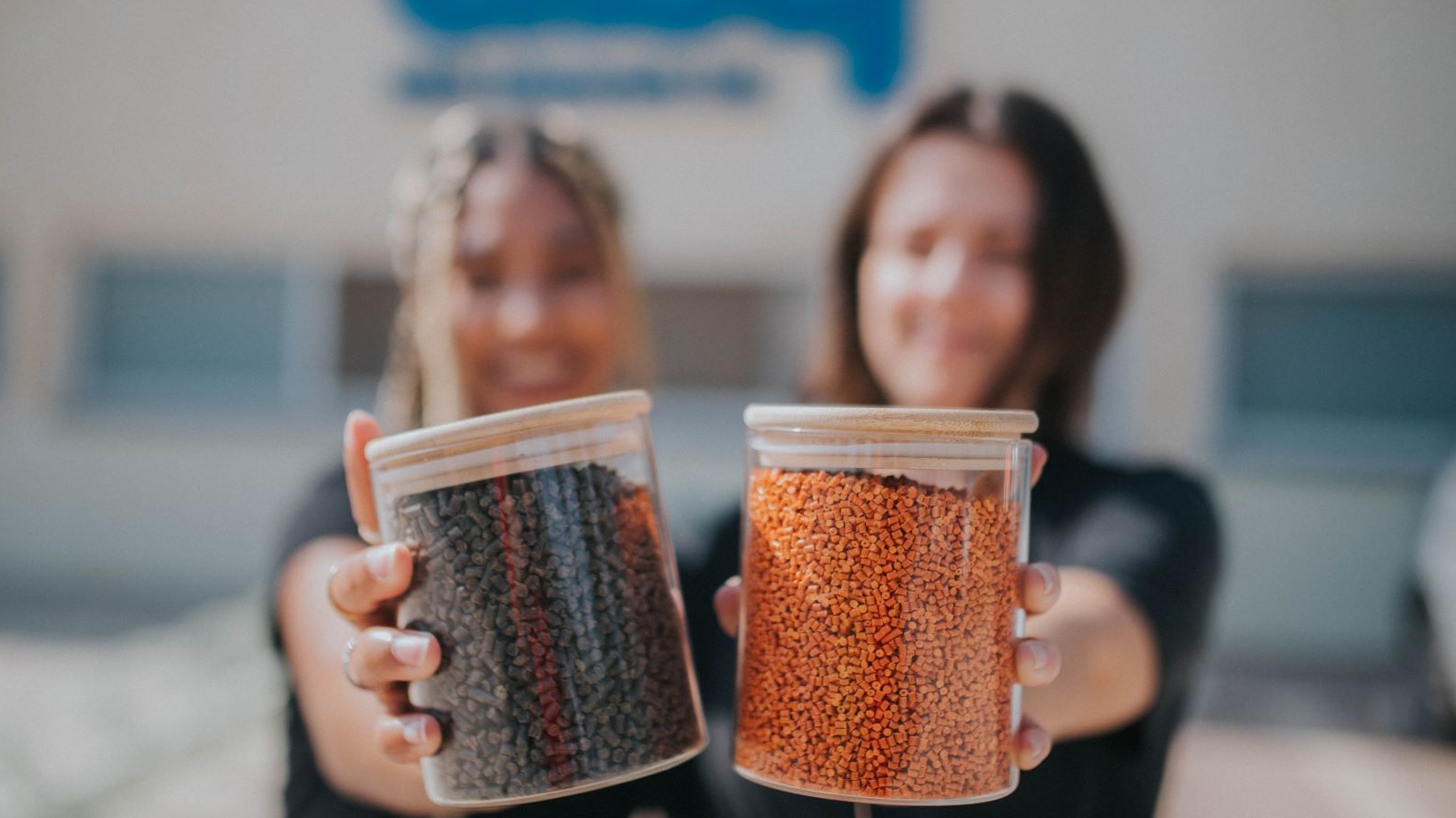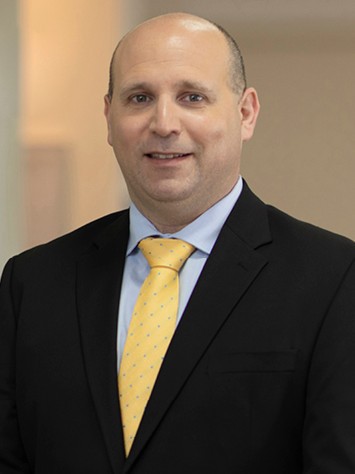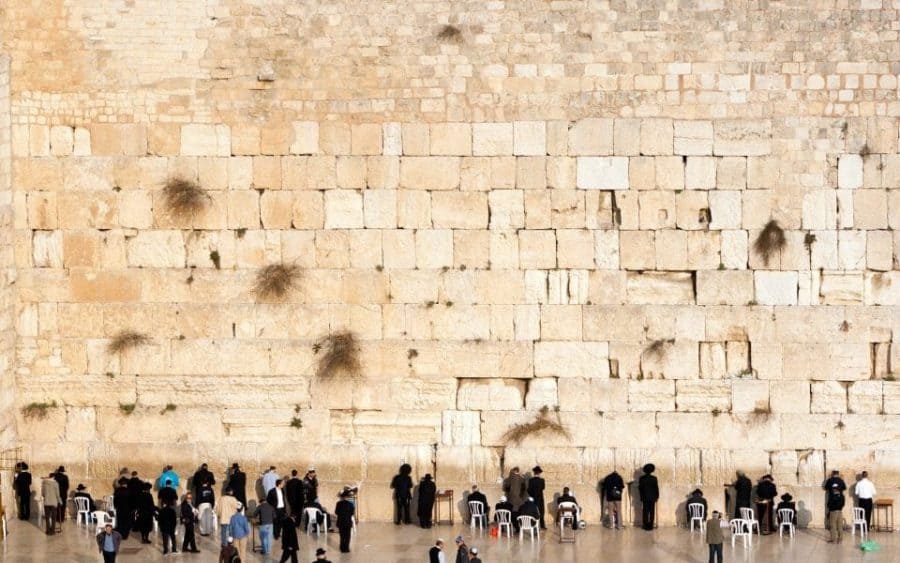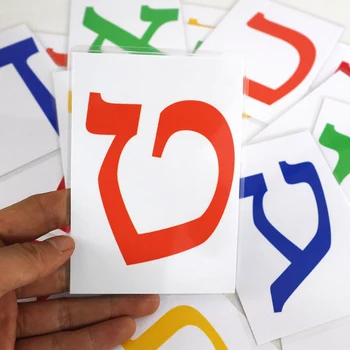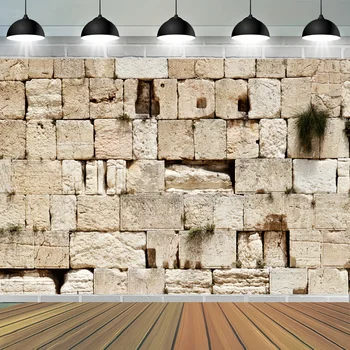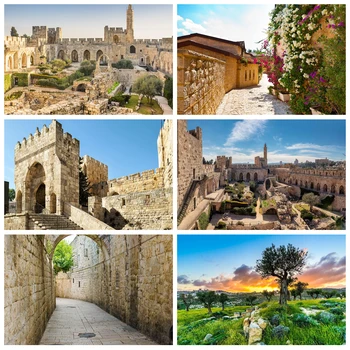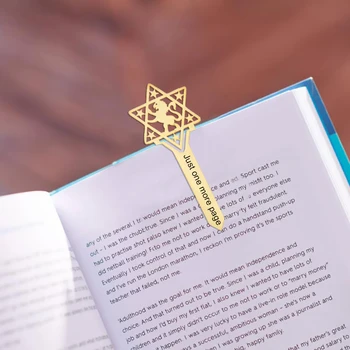“The Negev is the true test of the Israeli people”, said David Ben Gurion, Israel’s first prime minister and one of the pioneers of settlement in the Negev. Farms, kibbutzim, schools and fields cover vast areas today that were bare desert less than 60 years ago.
There are several forms of settlements in the Negev: Development towns, which were founded by the government to absorb immigration in the 50‘s and 60’s; kibbutzim, which are communal farms founded by Zionist Movements and live off of agriculture and light industry; moshavim, which are government founded communities where every family received a plot of land to farm; and desert farms, new in the Israeli landscape, which are farms in secluded areas, built by families that live off the land and offer services from lodging to boutique wine and olive oil . The original dwellers of the area, the Bedouins, are divided between small nomadic villages and some government founded towns. Every house in the desert has a story, no better way to hear them than on your bike.
Day 1
Nitsanim to Ofakim- Welcome to the Negev
Approx. 65 Km.
Start the day with a visit to the historical site of Nitzanim, where the kibbutz first stood before the War of Independence. You can also enjoy the lovely beach and Dunes National park of the area before heading south on road #232 towards Sderot. On the way you will pass the Yoav Hot Springs and the Niva Farm. At Sderot, turn east towards Kibbutz Beit Kama passing the Shikmim Farm owned by the former Prime Minister Ariel Sharon, and Kibbutz Dorot and Ruhama.
At Beit Kama turn south towards Rahat, the largest Bedouin town in the Negev and home to the Bedouin Heritage Center.
South of Rahat you will find Kibbutz Mishmar Ha’ Negev, and then Eshel Ha’nassi Agricultural School. West on road #241 will bring you to the town of Ofakim.
Overnight in the Ofakim area.
Day 2
Ofakim to Mashabe Sade- Across the Halutsa Dunes
Approx. 55 Km.
Head east, along the vast fields towards Kibbutz Urim. Turn south on road # 234 across the Tse’lim river bed to Kibbutz Tse’lim. Turn southeast and follow the road along the red dunes of Halutsa towards Revivim. Visit the museum commemorating the first 11 Jewish points of settlement in the Negev. These communities, founded in 1946, were built in order to determine the borders of the future Jewish state.
From there, continue to Park Golda, and Kibbutz Mash’abe Sade. In this area you will find several desert farms (Rota, A.S.B.A, Zohar Ba’-Midbar, and Hamaria) that offer a wide selection of gourmet food lodging, and an interesting perspective of life in a secluded farm.
Overnight in the Mash’abe Sade Area.
Day 3
Mash’abe Sade to Sde-Boker-The Land of Ben Gurion.
Approx. 40 Km.
Head north to the Negev Junction along road # 40. Turn east on road # 224 Past the Mashash experimental farm to the town of Yeruham.
After stopping in this small development town founded on industry, turn south on road 204. Pass the Na’ama and the Roa’ farms which both produce wine from local grapes.
Eventually you will reach Kibbutz Sde- Boker. Pay a visit to the home of David Ben Gurion and continue south to the desert research and environmental education center, where Ben Gurion is buried.
Follow the road south to the experimental farm in the sabbatical site of Avdat, before calling it a day.
Overnight in the Sde- Boker Area.
Day 4
Sde- Boker to Nitsana. Pioneers of the Western Negev.
Approx. 55Km.
Leave Sde- Boker north on road # 40. To the left and right of the road there are several farms (Zait Bamidbar, Nahal Boker, Naot, and Kormenmal) some producing olive oil, some goat cheese and wine. Turn southwest on road 211, passing Kibbutz Ashalim, the home of a new student village, filled with young men and women who chose to live there in their years of education.
Pass the Sabbatical city of Shivta, where another farm stands today, and continue to Kmehin. Visit the sand dunes that surround the area before heading to Nitsana. Here you will find a community focused on Zionist and environmental education, nearby the Nitsana ruins and the old train station from the Ottoman days.
Overnight in the Nitsana Area.
Day 5
The Nitsana Region.
Approx. 45 Km.
Start the day by visiting the many educational projects in the youth village, from Bedouin culture, to solar power and the Hebrew school, before cycling over to the Israeli-Egyptian border crossing. From there, head south towards Azuz, a small community who believes that man should blend into the desert rather than conquer it.
Pass the Peace Trail on your way back north along the border to Kadesh-Barnea. Named after the biblical site, Kadesh-Barnea is flourishing today with advanced technology growing mainly flowers for export. Pay a visit to the winery before heading back for the day.
Overnight in the Nitsana Area.
Day 6
Nitsana to the Bsor Valley – The Eshkol Region.
Approx. 55 Km.
Leave the Nitsana area on the road leading to Be’er Milka; follow the road through the Agur Dunes. Stop at Be’er Milka, the youngest community in the Negev (founded 2006) and continue north along Wadi Nitsana until you reach road #10 along the Israeli-Egyptian border.
Follow the road north until you reach Kerem Shalom. The area north of here, consisting of a several kibbutzim and moshavim, strategically set here to fortify the border with the Gaza Strip. There is an ancient synagogue at Moan, and this is where the first kibbutz was founded in the area in 1946, part of the “11 Points”. Most of the settlements in the area harvest the land and produce grapes, potatoes, and carrots in addition to other services.
Overnight in the Besor Region.
Day 7
The Besor to Yad Mordekhai and the Southern Coast.
Approx. 45 Km.
The further north you will ride, you will see less sand dunes and more vegetation, leaving the northern Negev and going back to the coast.
Ride north, through Magen Nirim and Kisufim and join road # 232 though Re’im and Be’eri. Continue north, passing the historical battle grounds of the 1948 war marked by several monuments, telling the story of how settlers fought to keep their homes and fields. These communities prevailed and still farm the land, in addition to dozens of other kibbutzim and moshavim that joined along the years.
Continue north, through Kibbutz Erez and finish the tour visiting Israel’s largest honey production center in Kibbutz Yad Mordekhai.
